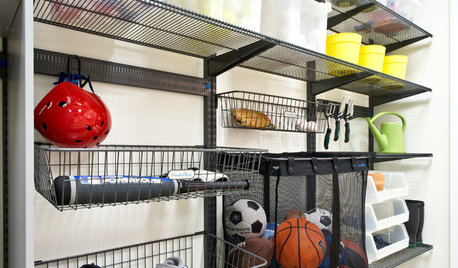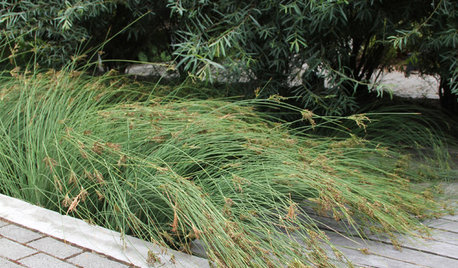Mower belts
bus_driver
12 years ago
Related Stories

GREAT HOME PROJECTSHow to Make Your Garage a Storage Powerhouse
New project for a new year: Add shelving and containers to get your stuff off the garage floor — and still have room for the car
Full Story
GARDENING GUIDESGarden Myths to Debunk as You Dig This Fall and Rest Over Winter
Termites hate wood mulch, don’t amend soil for trees, avoid gravel in planters — and more nuggets of garden wisdom
Full Story
GREAT HOME PROJECTSHow to Replace Your Lawn With a Garden
New project for a new year: Lose the turfgrass for energy savings, wildlife friendliness and lower maintenance
Full Story
COMMUNITYWant a Cleaner, Safer Neighborhood? Show You Care
Our behavior strongly influences others, says a new study. Show neighbors you care about your street and watch them follow suit
Full Story
GARDENING GUIDESProtect a Precious Resource With a Rain Garden
Promote pure water and a beautiful landscape with a garden design that makes the most of the rain
Full Story
GREEN BUILDINGHouzz Tour: Passive House in Vermont Slashes Heating Bills
Its ecofriendly, low-maintenance design leaves a family with more time to relax and enjoy the weekend home
Full Story
ORGANIZINGOrganizing Secrets: It’s the Little Things
Get these 8 small areas under control for a major boost in overall tidiness at home
Full Story





User
bus_driverOriginal Author
Related Professionals
West Milford Landscape Architects & Landscape Designers · Erie Landscape Architects & Landscape Designers · Jackson Landscape Contractors · Cockeysville Landscape Contractors · Desert Hot Springs Landscape Contractors · Dudley Landscape Contractors · Garland Landscape Contractors · Hoover Landscape Contractors · McLean Landscape Contractors · Parker Landscape Contractors · San Benito Landscape Contractors · Southbury Landscape Contractors · Dayton Window Contractors · Eagle River Window Contractors · Elkridge Window ContractorsGreg Goyeneche
bus_driverOriginal Author
bus_driverOriginal Author
User
wheelhorse_of_course